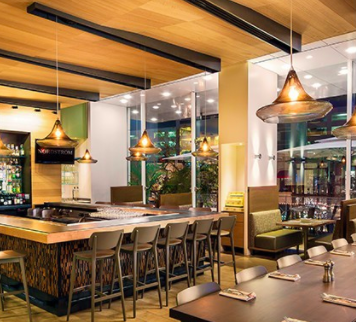
Many retailers experienced positive sales growth in 2017, due largely to strong holiday shopping and improved customer confidence. With first quarter strategies already in full cycle, retailers have turned their attention to solutions rather than resolutions to improving the customer’s experience. Here are five pillars of customer experience that retailers are embracing:
- Predict customer needs. Retail Customer Experience suggests that by connecting with customers in a meaningful way and showing that you care for them on an individual level, retailers will enjoy happy customers, brand loyalty, and a healthy bottom line. When this type of empathy is exercised, retailers can learn to predict customers needs based on the ongoing relationship between retailer and customer. Employing digital strategies like SMS messaging for time-sensitive, high-priority customer interactions can help retailers learn more about their customers in a timely manner.
- Reach community for sake of community. Companies like Walmart, Lowe’s, Walgreens, and Dollar Tree ranked among the nation’s top ten for the biggest impact in local communities. These retailers and others exemplify how connecting with the local community where stores are located can strengthen the bond between retailer and consumer. Senior editor of Retail Customer Experience James Bickers agrees that retailers should increase their efforts to familiarize themselves with local people and events.
- Reprocess in-store processes. From payment solutions to return policies to staff training, in-store processes are adapting to the next generation of shoppers. As automation continues to reshape the roles of store associates, retailers are rethinking staff training with an increased focus on product knowledge, technical skills, and interpersonal skills. As reported by Forbes, Patrick Eve of ZigZag Global says that retailers will discern how their stores can become a core component of their returns process and offer in-store return policies for both in-store and online purchases.
- Streamline customer experience across physical and digital worlds. The retail industry has set its sights on improving customer experience now more than ever, as the lines between physical and online shopping become increasingly blurred. According to a PwC study, nearly 40% of consumers make a purchase in-store at least once per week, with 65% of these shoppers reporting they shop in-store to avoid delivery fees, 60% shop in-store to receive a product immediately, and 61% shop in-store because they want to see the items in person. Seamless integration of the two includes digital engagement before, during, and after sales.
- Utilize stores for more than selling. Research continues to indicate that many shoppers walk into brick-and-mortar stores for more reasons than purchasing products. To meet this increasing expectation, retailers like Amazon’s Treasure Trucks are being deployed to Whole Foods Market parking lots across the country, and more than 200 Nordstrom Restaurants locations offer coffee, snacks, and meals.
Photo Credit: Nordstrom.com